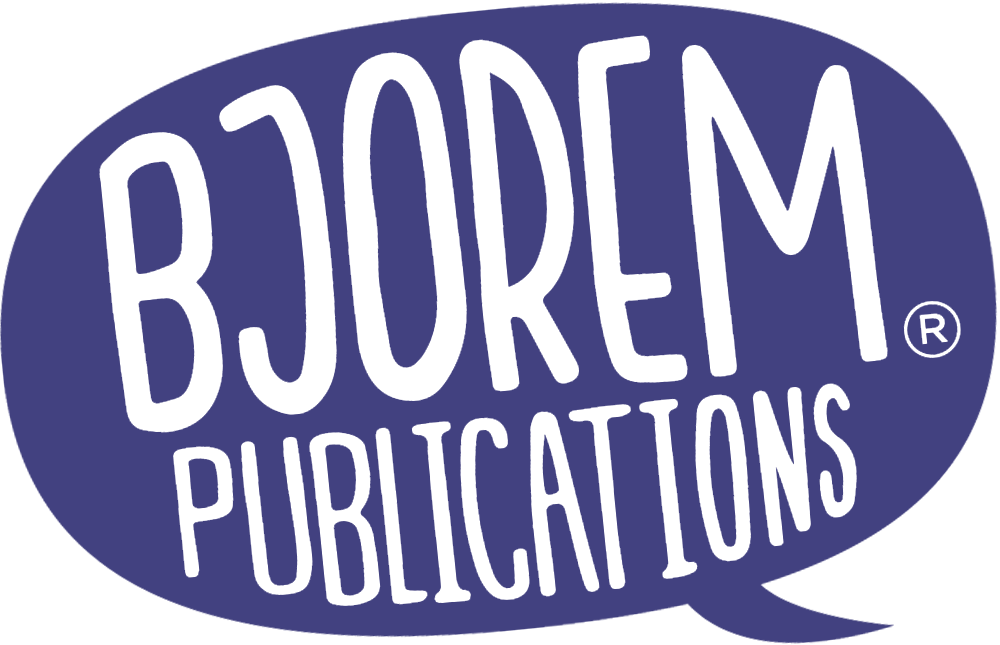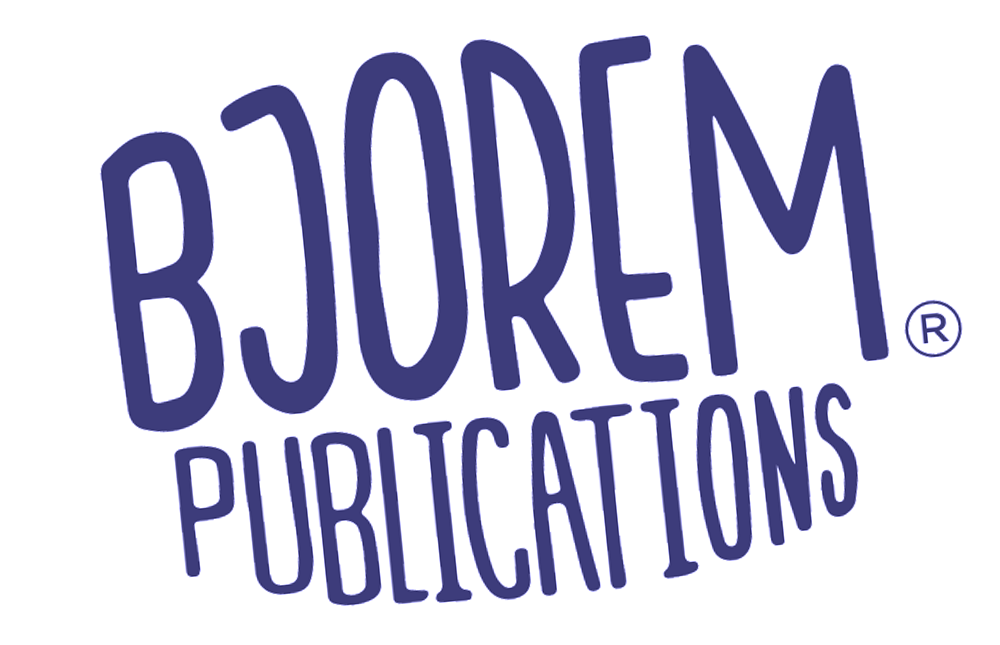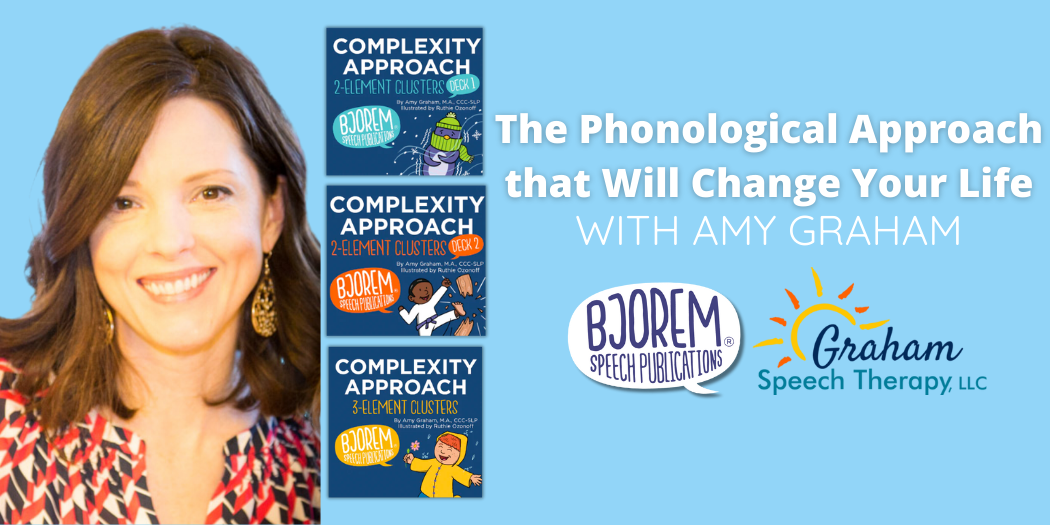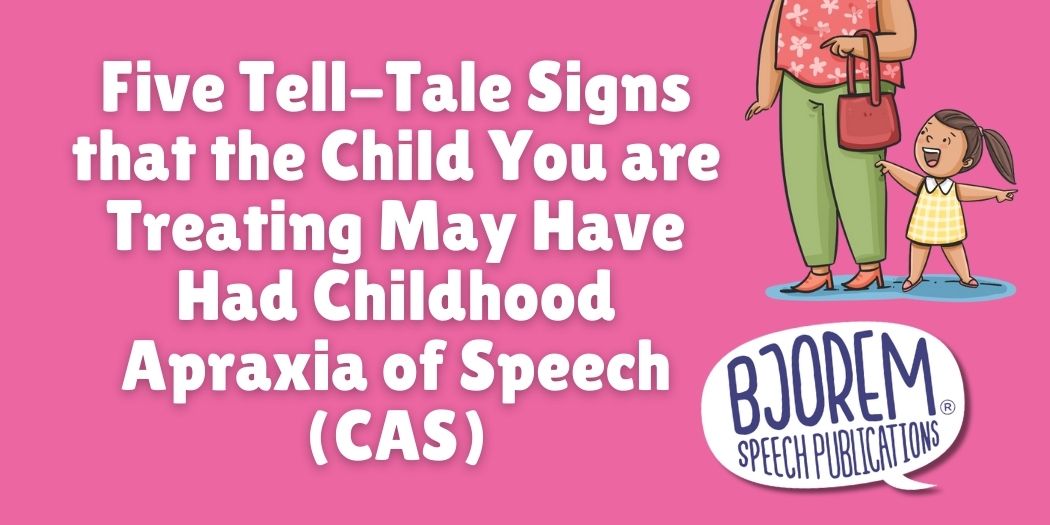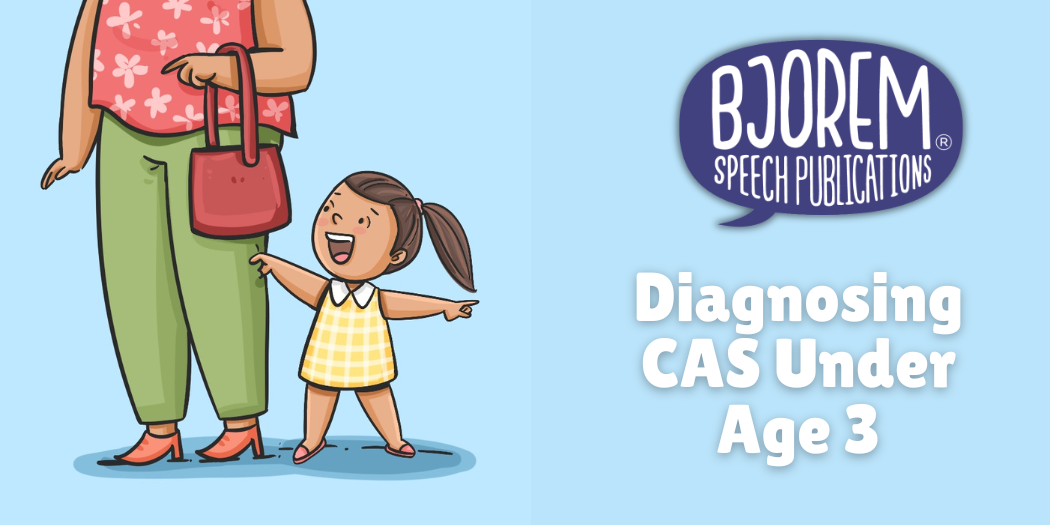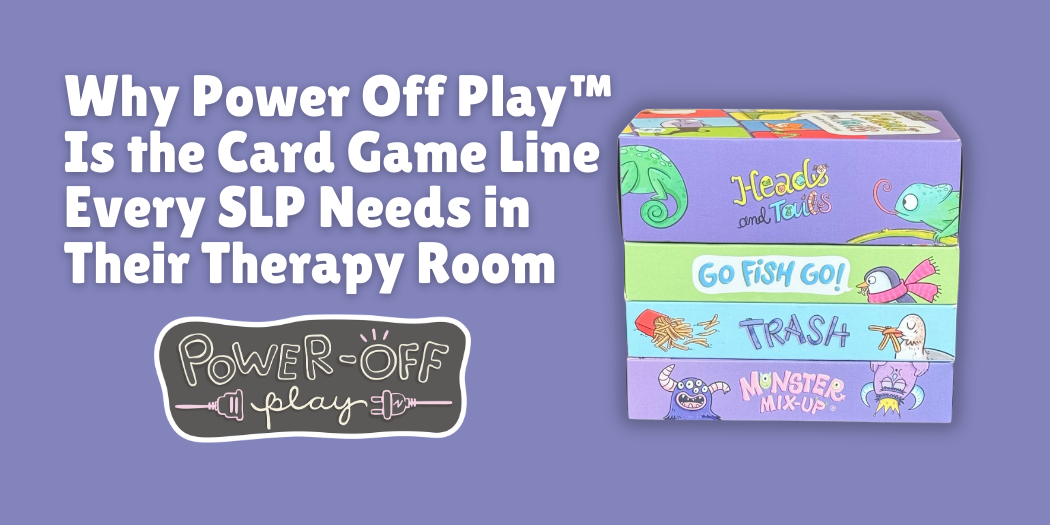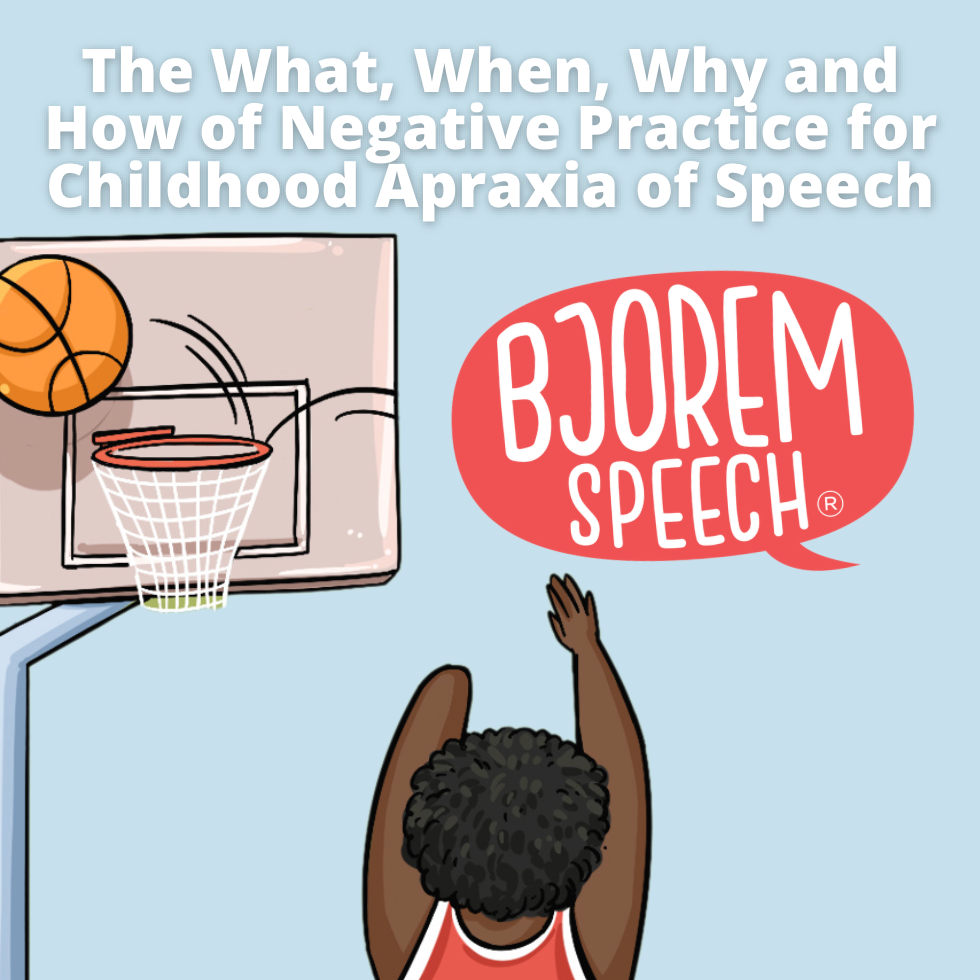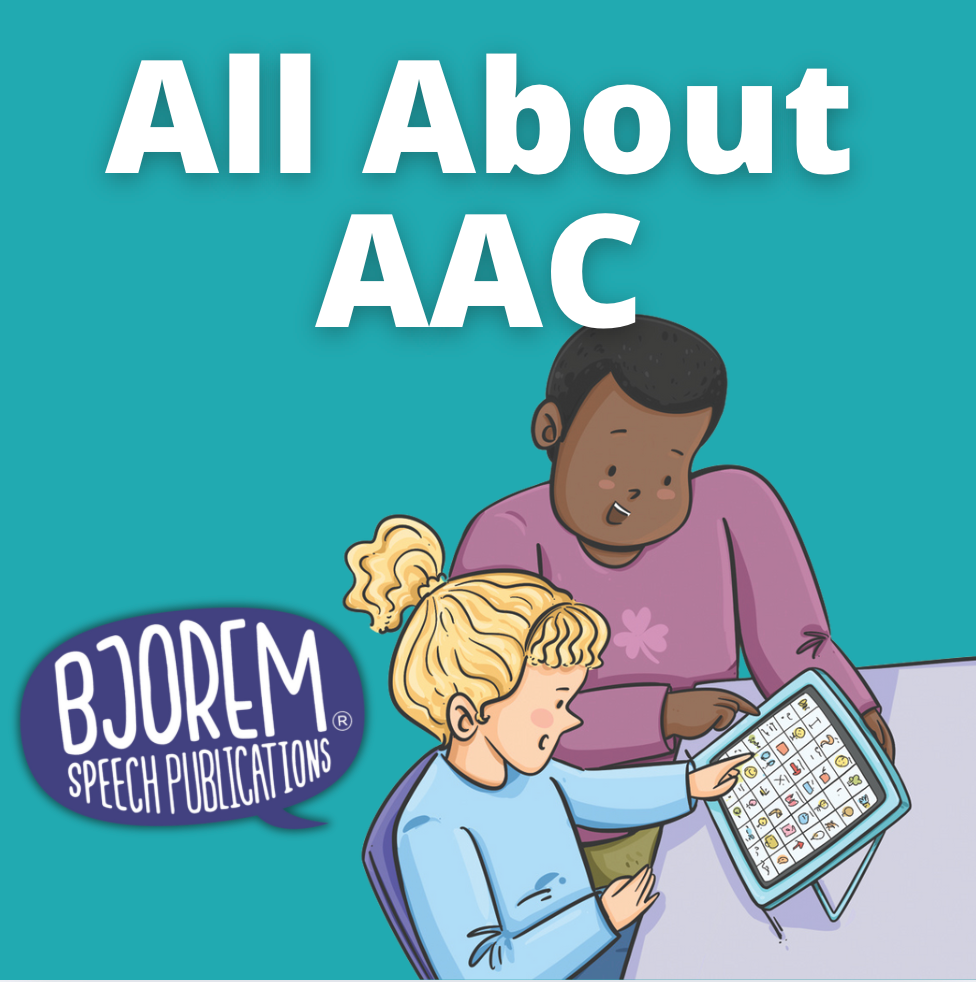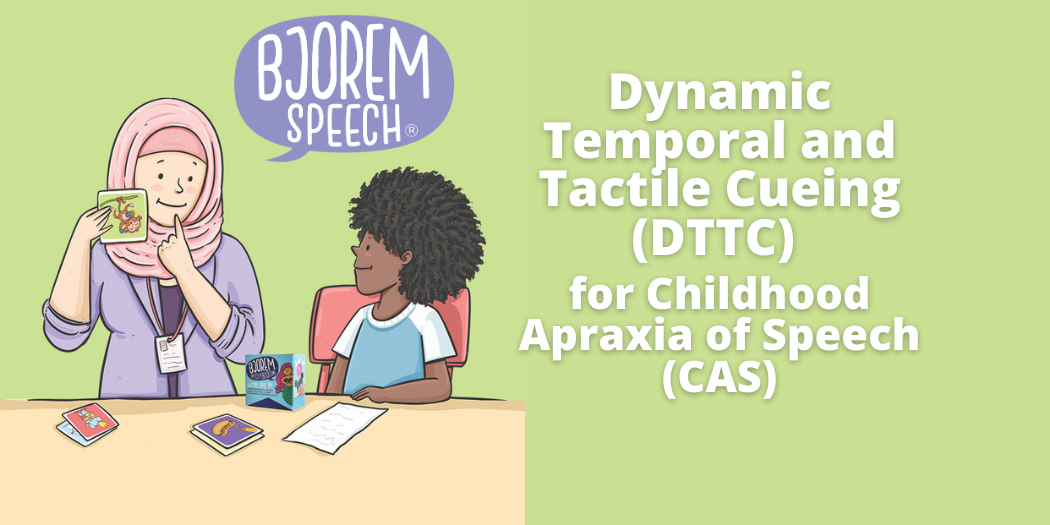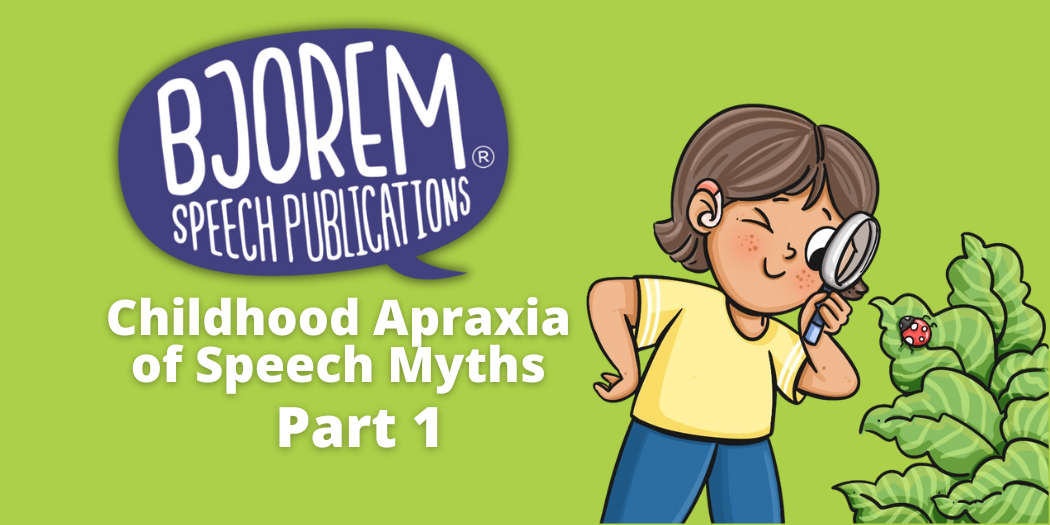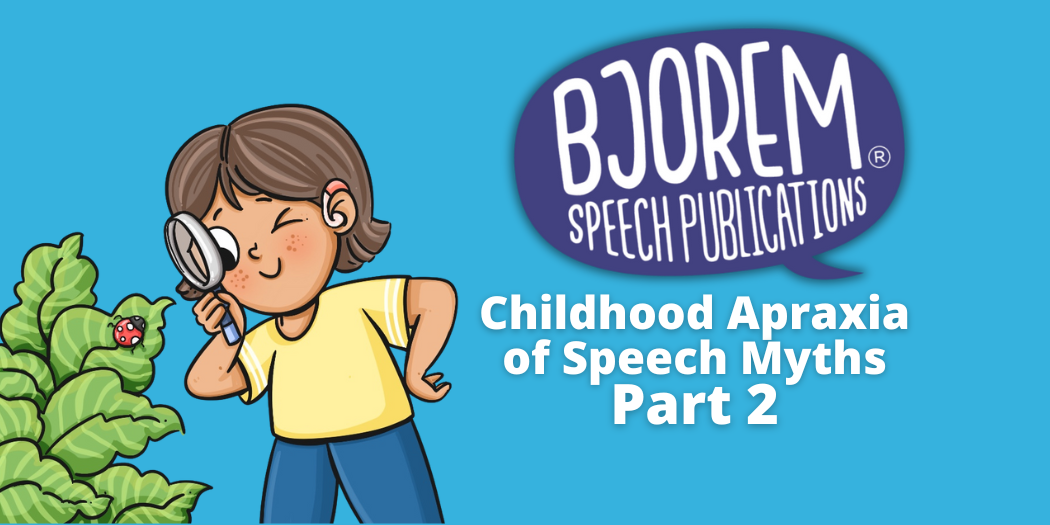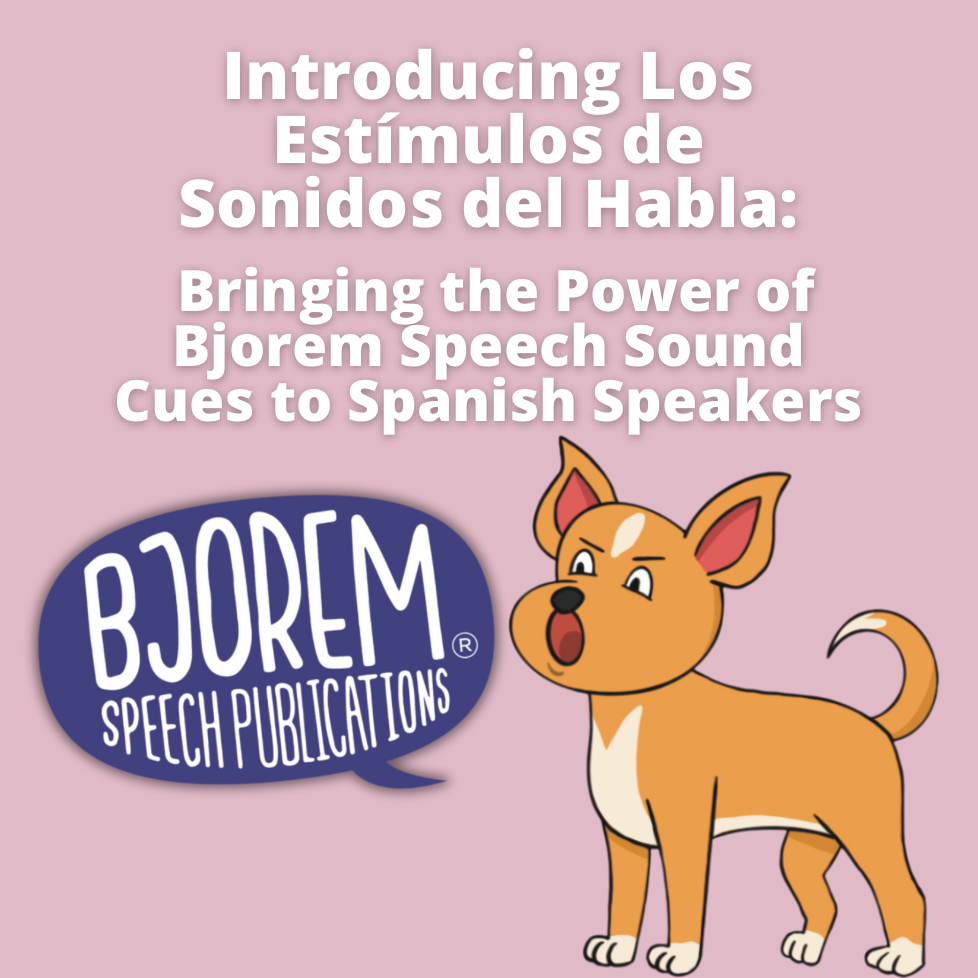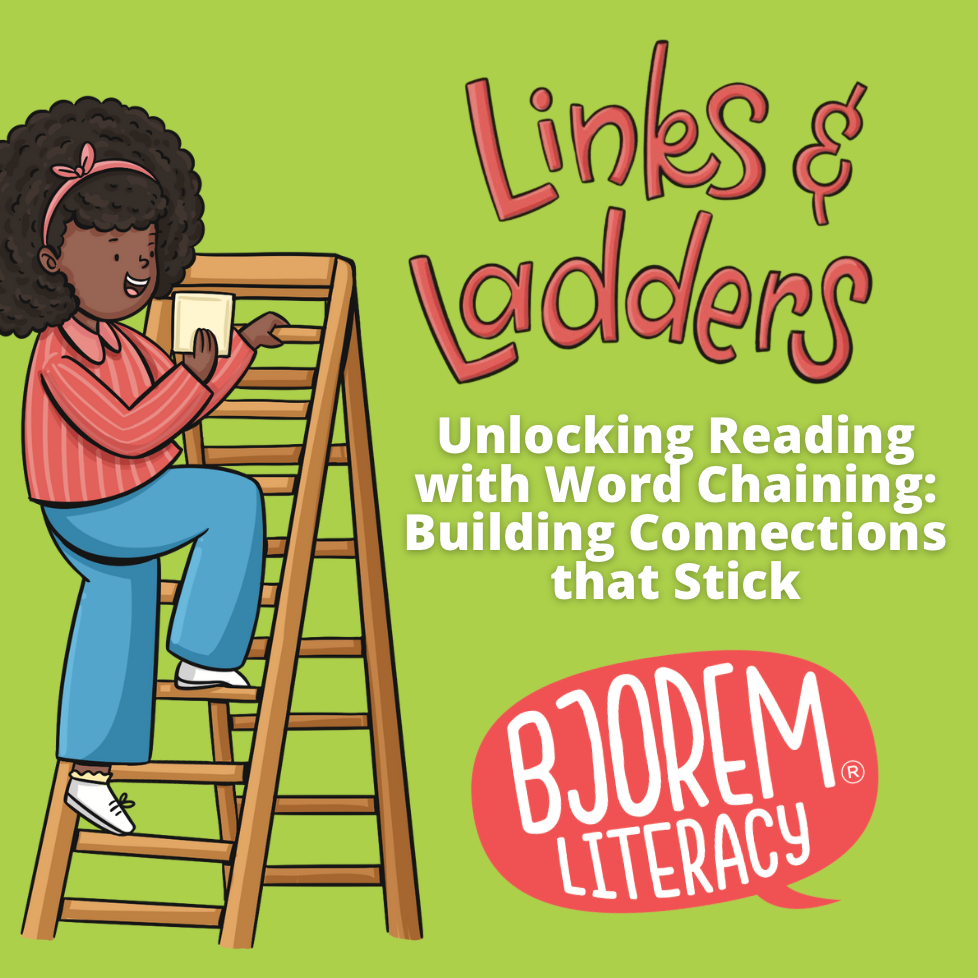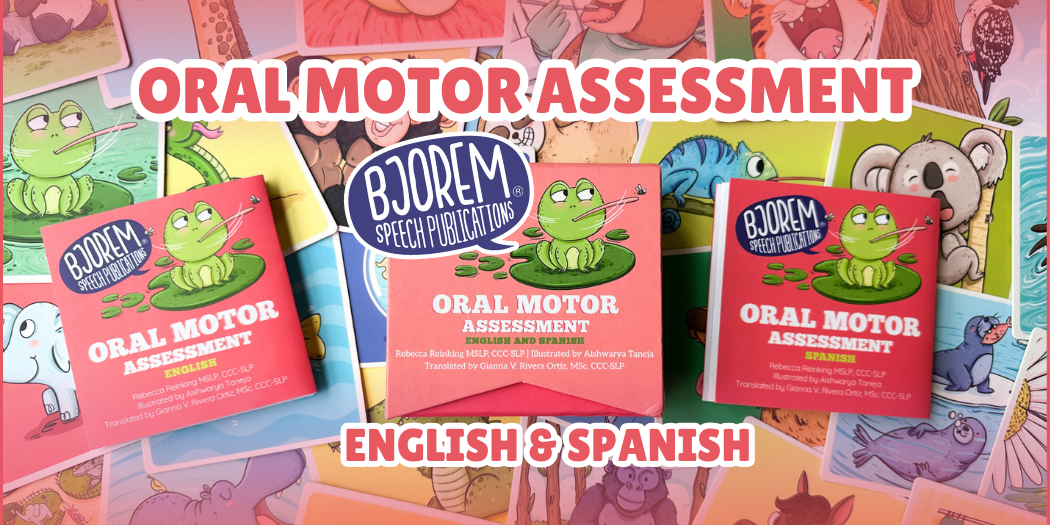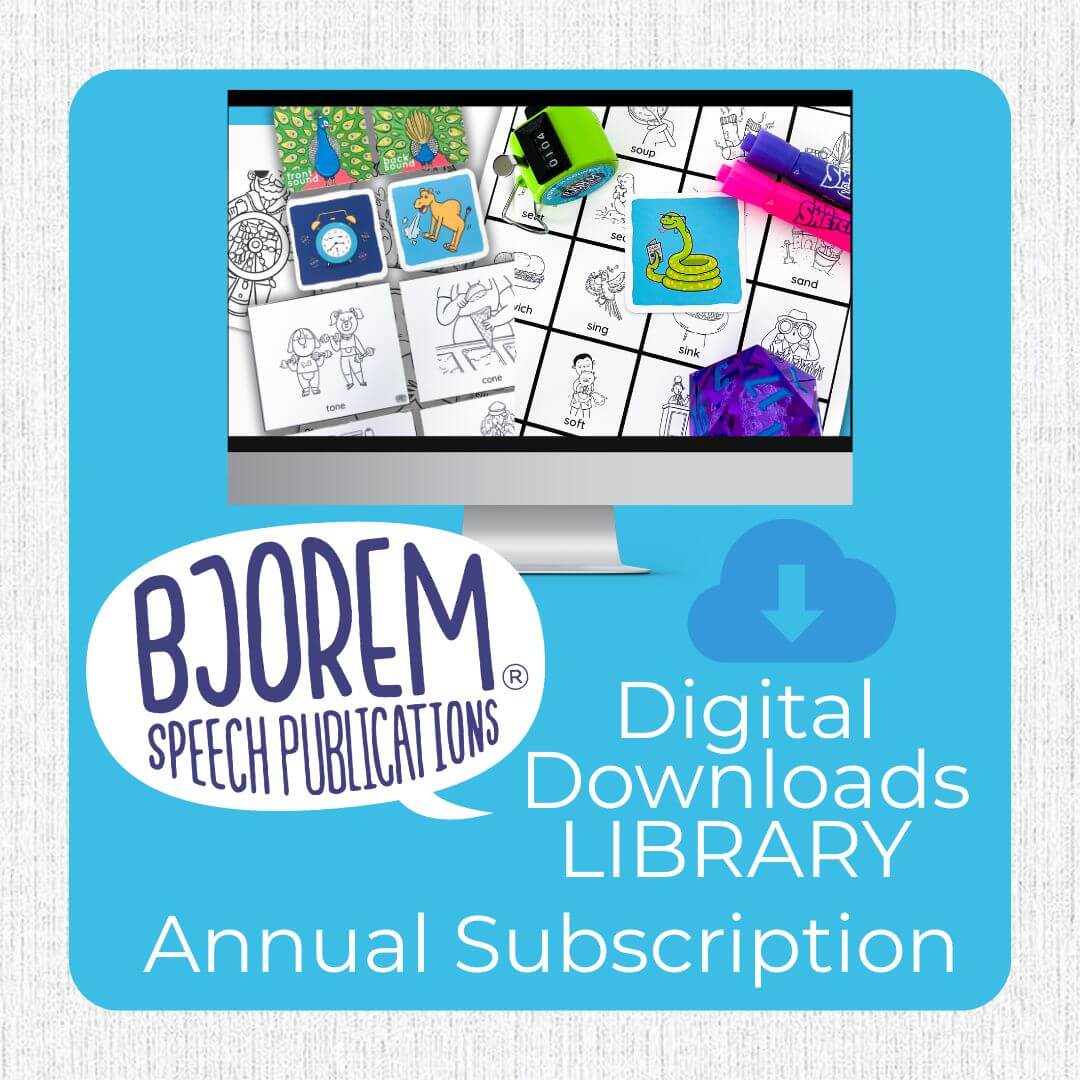Do you have kids on your caseload with such significant phonological deficits and have so many sounds in error that you’re just not sure where to begin? It can be pretty defeating when you’re not certain about what direction to take in therapy.
- Do you start with earlier developing sounds first?
- Do you start with the sounds they’re stimulable for?
- Should you focus on one sound at a time or target a bunch every session to try to get more bang for your buck during therapy?
There’s just so much to consider.
How can we be confident about our plan for speech therapy? Well, one way to be more confident in our clinical decision making for these types of cases is to know what evidence-based approaches are recommended for this particular population. Yes, there actually are better options than others!
I know our tendency as clinicians is to look at all the sounds a child has in error and just begin targeting the earliest developing sounds that a child can’t produce and teach each one in a developmental sequence one-at-a-time in every word position until they have no more sound errors. Whelp… when you have a child who is missing LOTS of sounds, that is going to take FOREVER and we’ll end up with kids in 3rd or 4th grade still working on ‘s’, or ‘th’, or ‘l’. There has to be a more efficient way, right? There is!
Have you heard about the complexity approach?
This phonological intervention flips everything you’ve ever thought about target selection on its head. Instead of targeting earlier/easier sounds first, we can target later developing more complex sounds and clusters (yes, even those beyond the age expectation of the child!) to trigger systemic improvement in the child’s speech sound system. Let that sink in for a minute. This is the work-smarter-not-harder approach to phonological intervention. By strategically choosing just 1 or 2 more complex speech targets in therapy, and especially clusters, we begin to trigger learning and improvement of other less complex sounds without us having to directly target each one.
Is your mind blown yet?
Here’s a true story to illustrate just how effective this approach can be:
I had a 4 year old who was stopping fricatives and affricates, reducing all his clusters, and gliding /l/ and /ɹ/. Sound familiar? Don’t we all have that kid on our caseload? So, I decided to give this approach a shot and target just 2 complex clusters, /fl/ and /ʃɹ/, so words like “fly” and “shred”. He wasn’t immediately stimulable for any of these sounds so we spent time on elicitation with multi-sensory cues so that after a few weeks he was producing these sounds better and better at the word level. Now, one of his favorite phrases in therapy was, “actually, Miss Amy” as he corrected me about my inevitable misinterpretations of some Paw Patrol episode. Except his production sounded more like, “akudee mit Amy”, because he was stopping all his fricatives, reducing clusters, and had an assimilation for /l/ because he couldn’t produce that either. Well, after 2 or 3 months of working on just those 2 complex clusters he walked into my therapy room and in his adorably confident way corrected me again about Paw Patrol. But, this time he said with perfection, “Actually, Miss Amy…”. Alllll those sounds were produced correctly! Did I ever work on the /ʃ/ in medial position, /l/ in medial position, or /s/ in final position? Never! By targeting those 2 complex clusters in therapy his speech began to improve spontaneously and that trickle down effect of the complexity approach worked its magic.
Now you might be asking yourself what exactly makes a sound more complex than others…. Or which clusters should we consider for therapy since there are SO MANY of them…. Or how do I even write an appropriate goal for this approach…Or where can I learn more about this amazing intervention!?
I have good news… there’s a landing page with all my complexity approach resources, including FREE reference guides, link to my 1-hour webinar, my complexity approach Boom Cards, and my newest addition to the Bjorem Speech Publications catalog… 3 NEW Complexity Approach Decks that help take the guesswork out of choosing the right clusters.
So, if you want to help kids become more intelligible faster, just give this approach a try! I know new approaches can be daunting. But maybe pick that one kid on your caseload and do your own little case study for 6 months or so. Give it a try and you might just be amazed at how much quicker they improve!
References:
Gierut, J. A. (2001). Complexity in phonological treatment: Clinical factors. Language, Speech, and Hearing Services in Schools, 32, 229–241.
Storkel, H.L. (2018b) The Complexity Approach to Phonological Treatment: How to Select Treatment Targets. Language, Speech, and Hearing Services in Schools, 1–19
Written by Amy Graham of Graham Speech Therapy https://www.grahamspeechtherapy.com/
